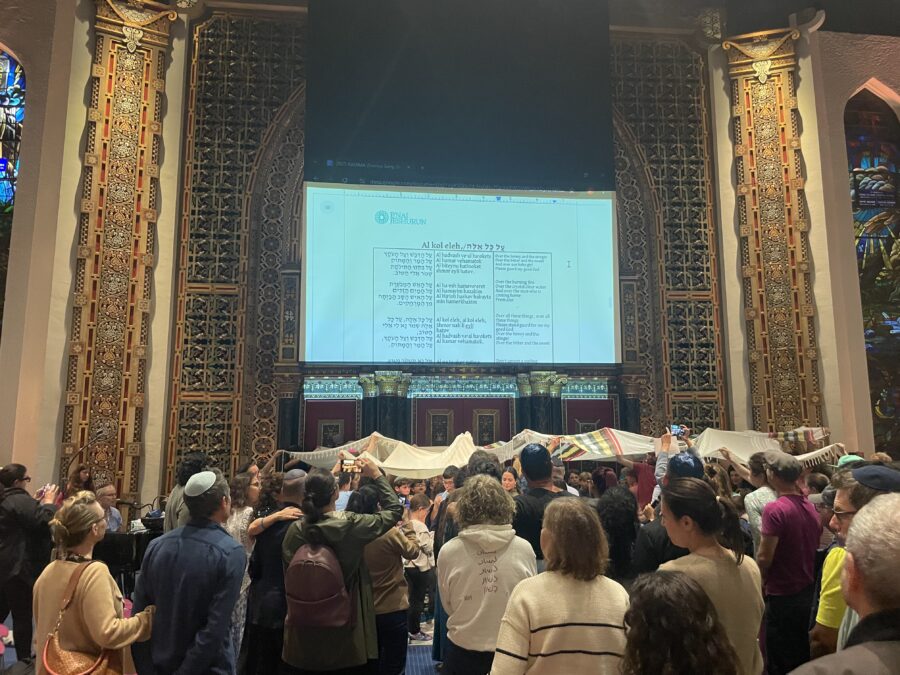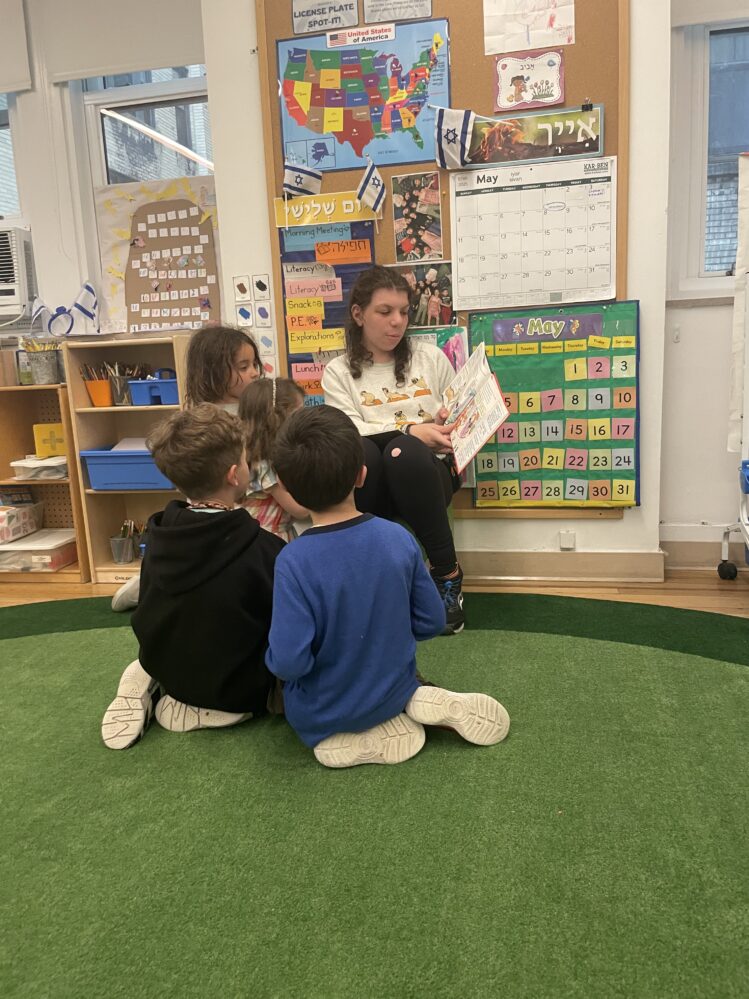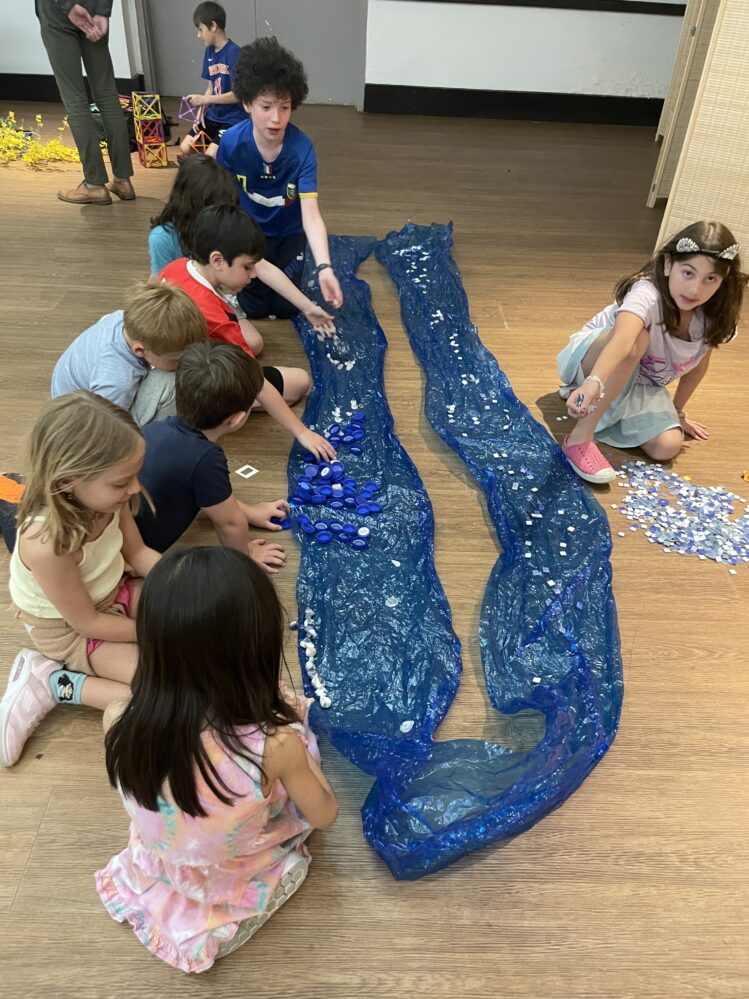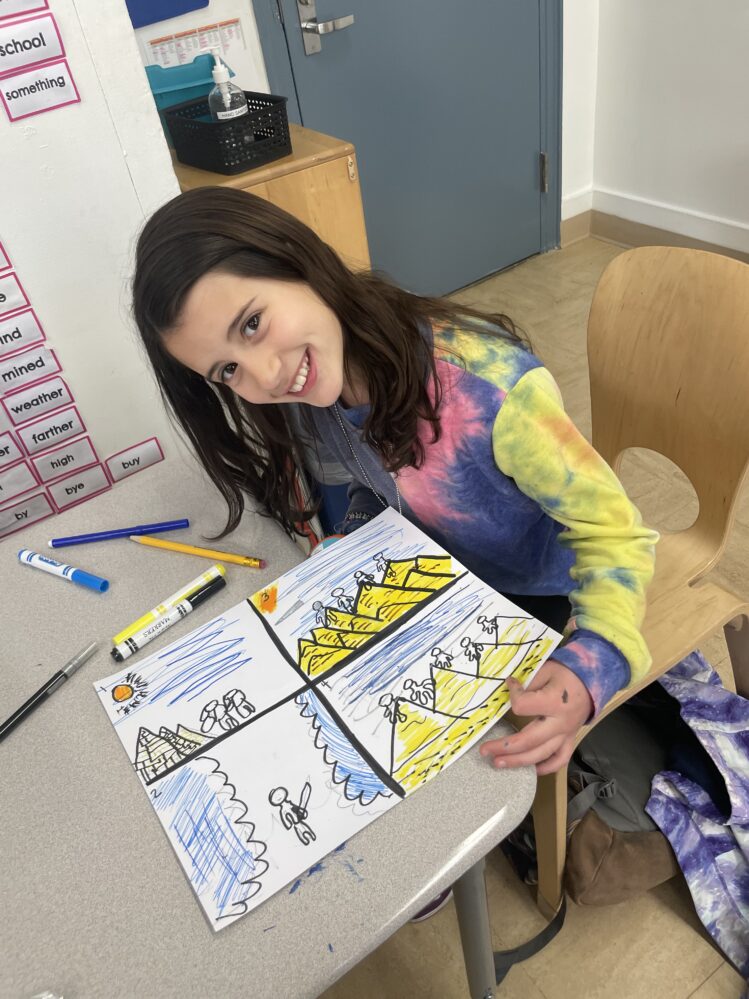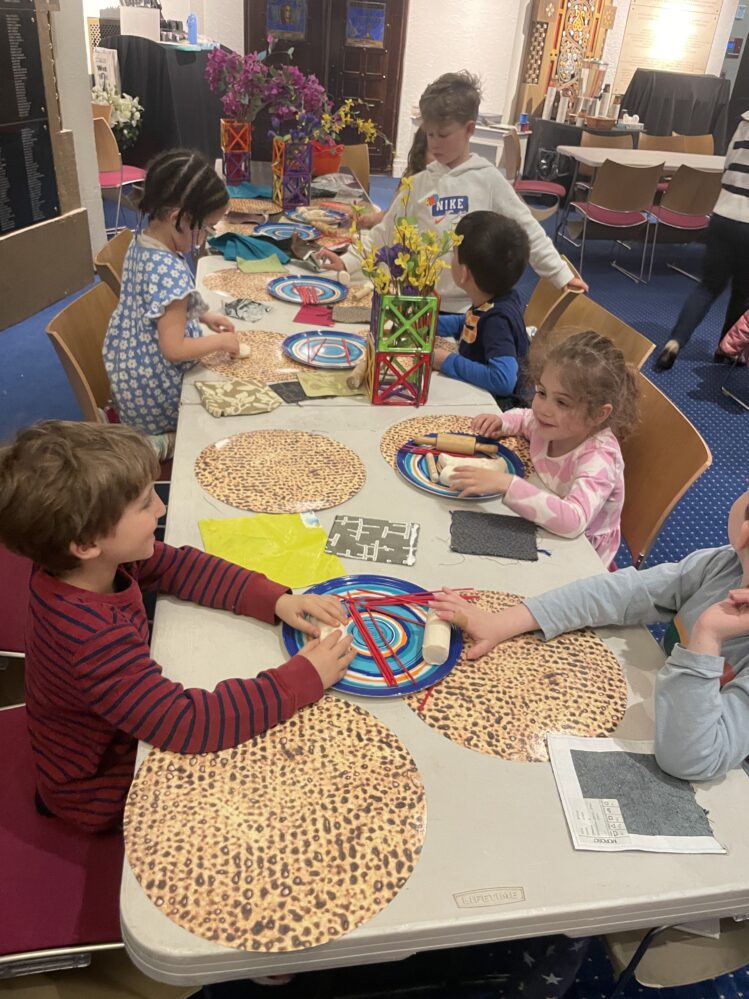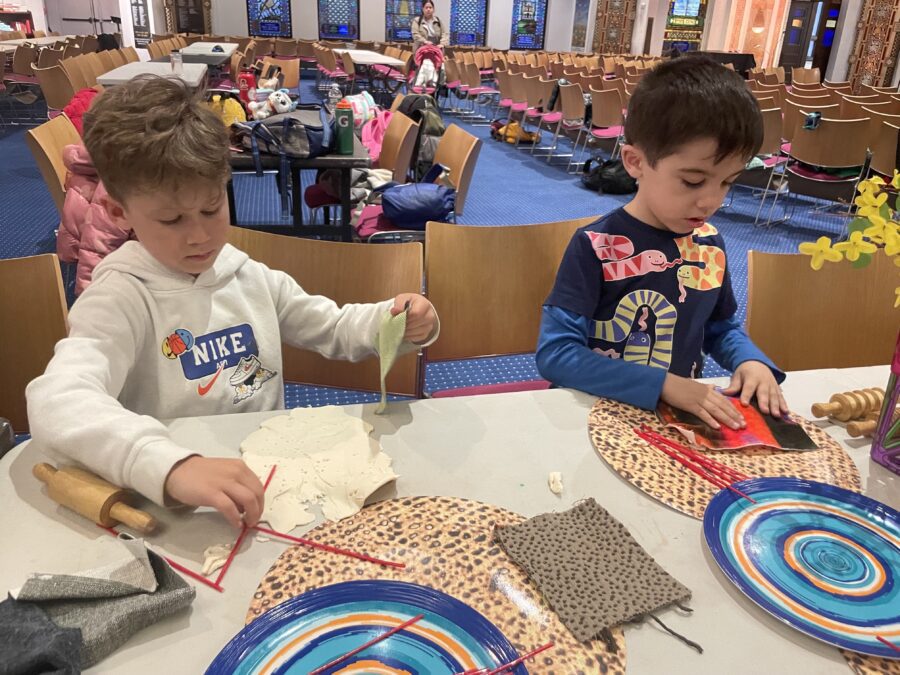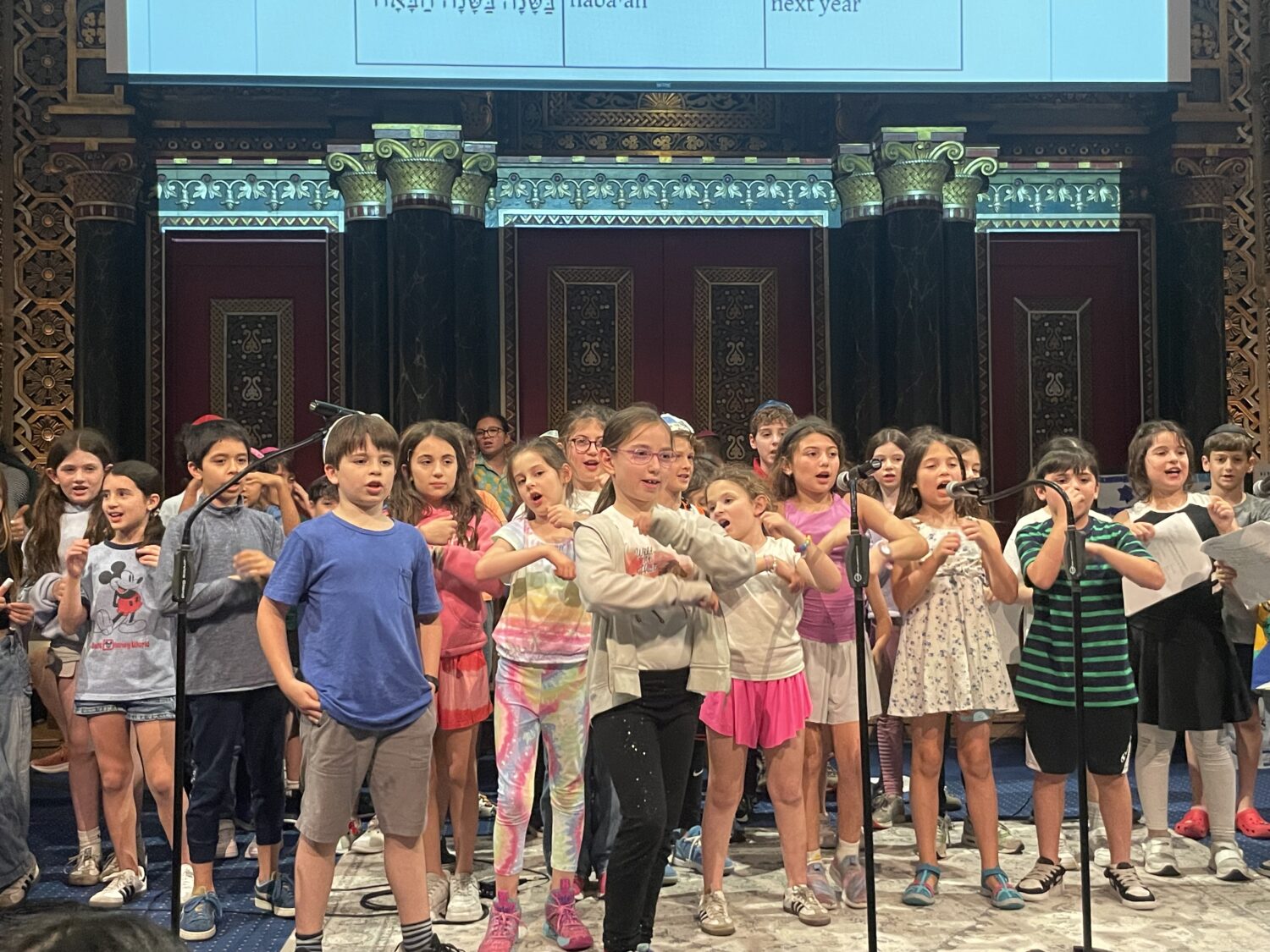
Creative Learning at Kadima
As a parent navigating your child’s journey through the school system, you have likely encountered a variety of educational terms and philosophies. You may have come across terms like hands-on learning, art-based education, play-based learning, game-based approaches, or project-based learning. You might have considered alternative schools for your child, such as a Montessori school, a Waldorf school, or a Reggio Emilia-influenced school. You have probably noticed that even in the most traditional settings, there is an offering of music class, theatre class, or visual arts class. After-school clubs are also often dedicated to the arts, physical education, debate teams, student governments, culture, or community-based activities.
What these methods, philosophies, and structures share is an element of creativity and collaboration—engaging children in meaningful, hands-on work together. Sir Ken Robinson, an internationally recognized leader in education, said, “Creativity is as important now in education as literacy, and we should treat it with the same status.” While the traditional model of direct instruction may still work for some children–and has its own value–we aim for our students to move beyond memorization, becoming creators of knowledge who actively explore ideas and methods that spark their curiosity. As Albert Einstein famously noted, “Imagination is more important than knowledge. For knowledge is limited, whereas imagination embraces the entire world, stimulating progress, giving birth to evolution.”
I spent many years training in the Reggio Emilia approach to education, as well as art-based learning, play-based/playful education, and hands-on learning. From these approaches, I’ve come to value creativity and collaboration as essential pillars of education—principles I believe should be at the heart of Kadima. When we merge creativity with a deep sense of belonging, children have the ability to thrive. According to research by the National Endowment for the Arts, “Engaging with the arts leads to higher academic achievement, as well as an increased sense of connection to school.”
Creativity takes many forms—literature, writing, visual arts, music, dance, theatre, discussion, games, problem-solving, and more. Our goal is for the students to build a joyful connection to BJ and Judaism, and to feel a genuine desire to be part of this vibrant, magical community. Research by the American Academy of Pediatrics shows that “Play is essential to the development of creativity and the learning process,” highlighting the importance of playful, engaging educational environments.
After a long day of school, playing sports, taking state exams, applying to middle schools, and balancing any other after-school activities the children are signed up for, we want Kadima to feel like a warm, safe, loving, and fun place for your child to come to week after week. To make this possible, we teach creatively, nurture children’s social and emotional growth, and create experiences that help them feel at home in Jewish spaces. Our hope is that they continue on to Haverim and then into our teen program, ultimately growing into confident, compassionate Jewish adults who see BJ–and the broader Jewish community–as a place they can always call home.
I’ll leave you with a quote that often surfaces in the education world: “Tell me and I forget. Teach me and I remember. Involve me and I learn.” This timeless wisdom reinforces the core belief that active involvement is key to deep learning.


